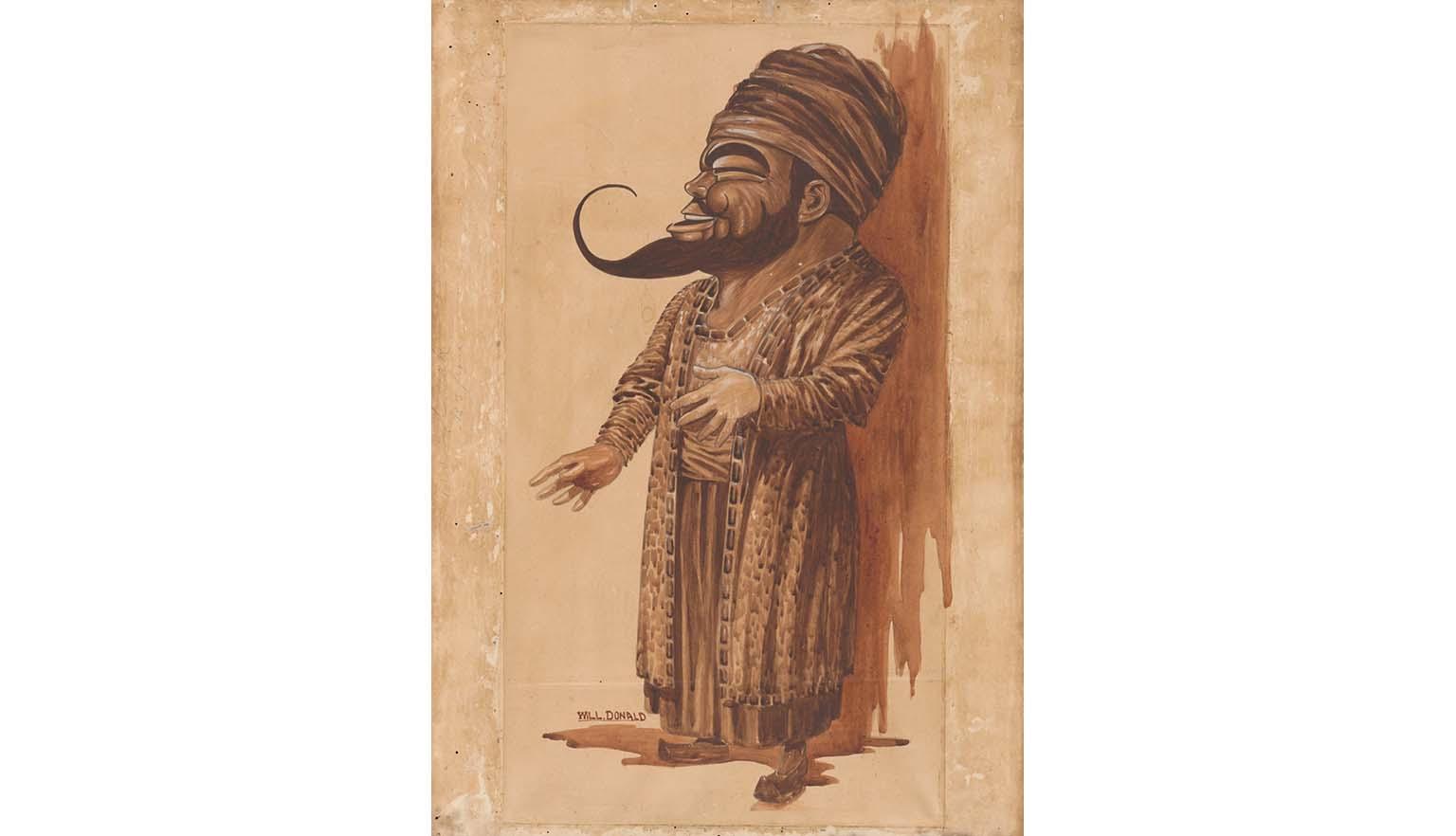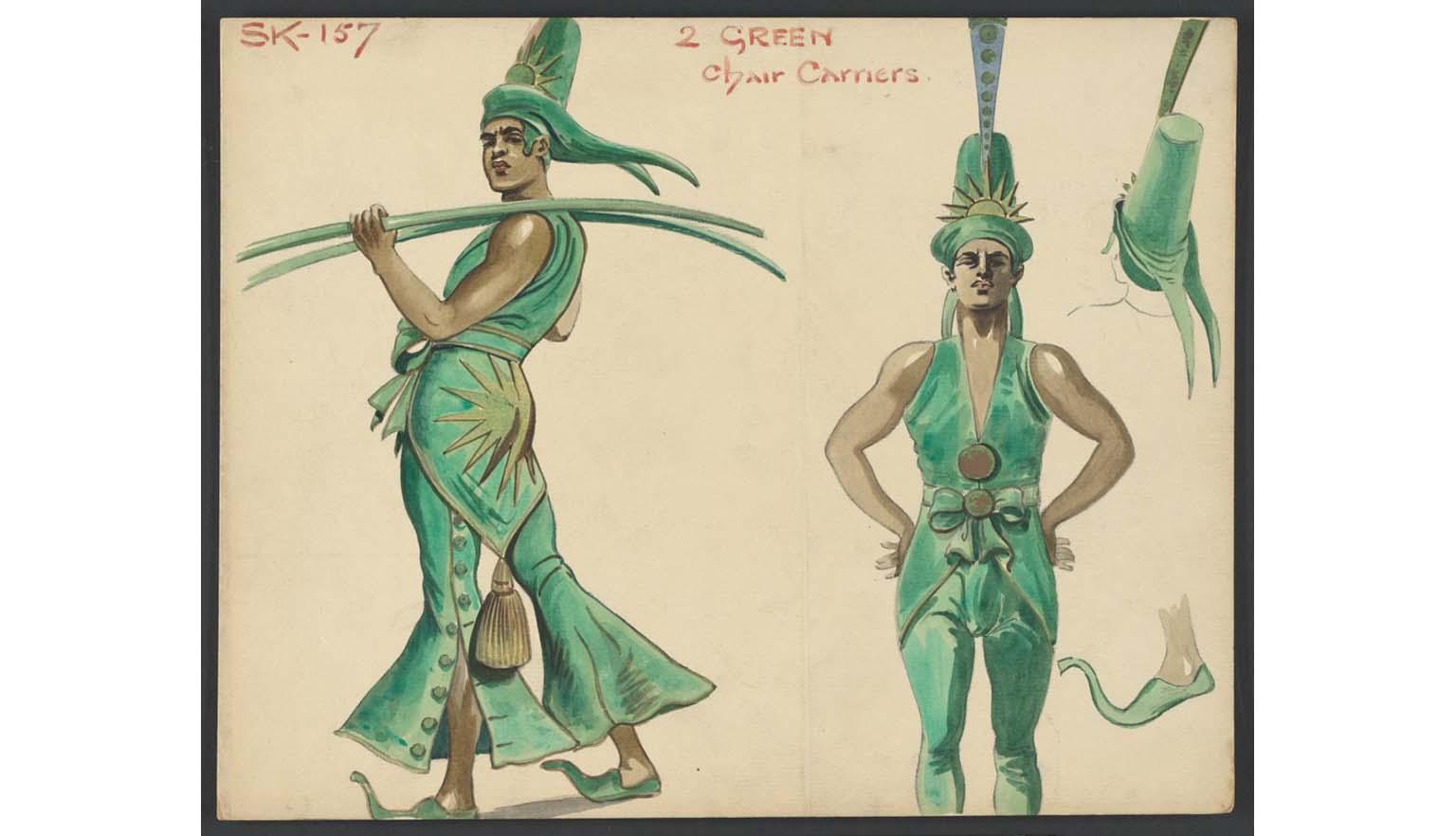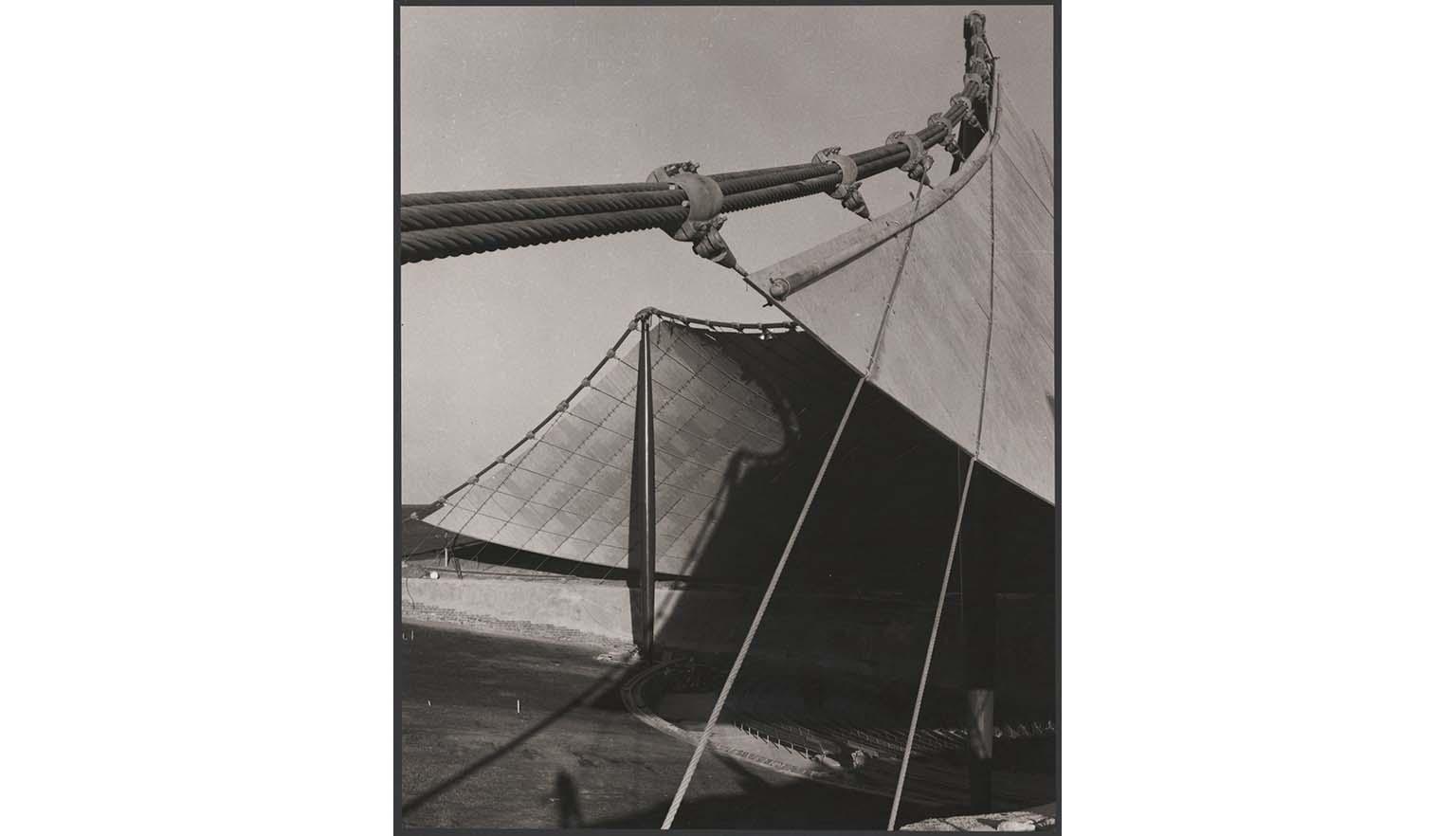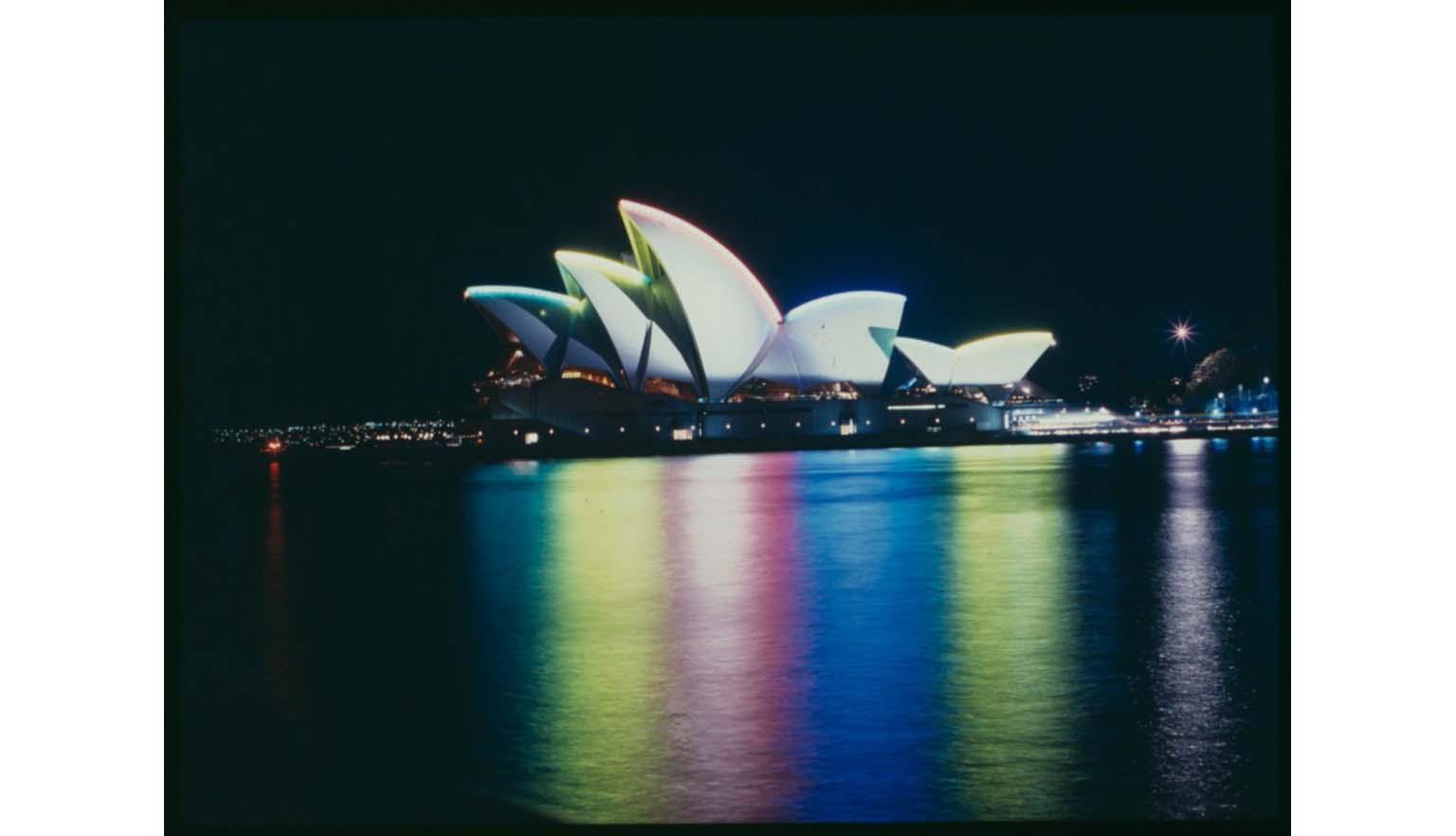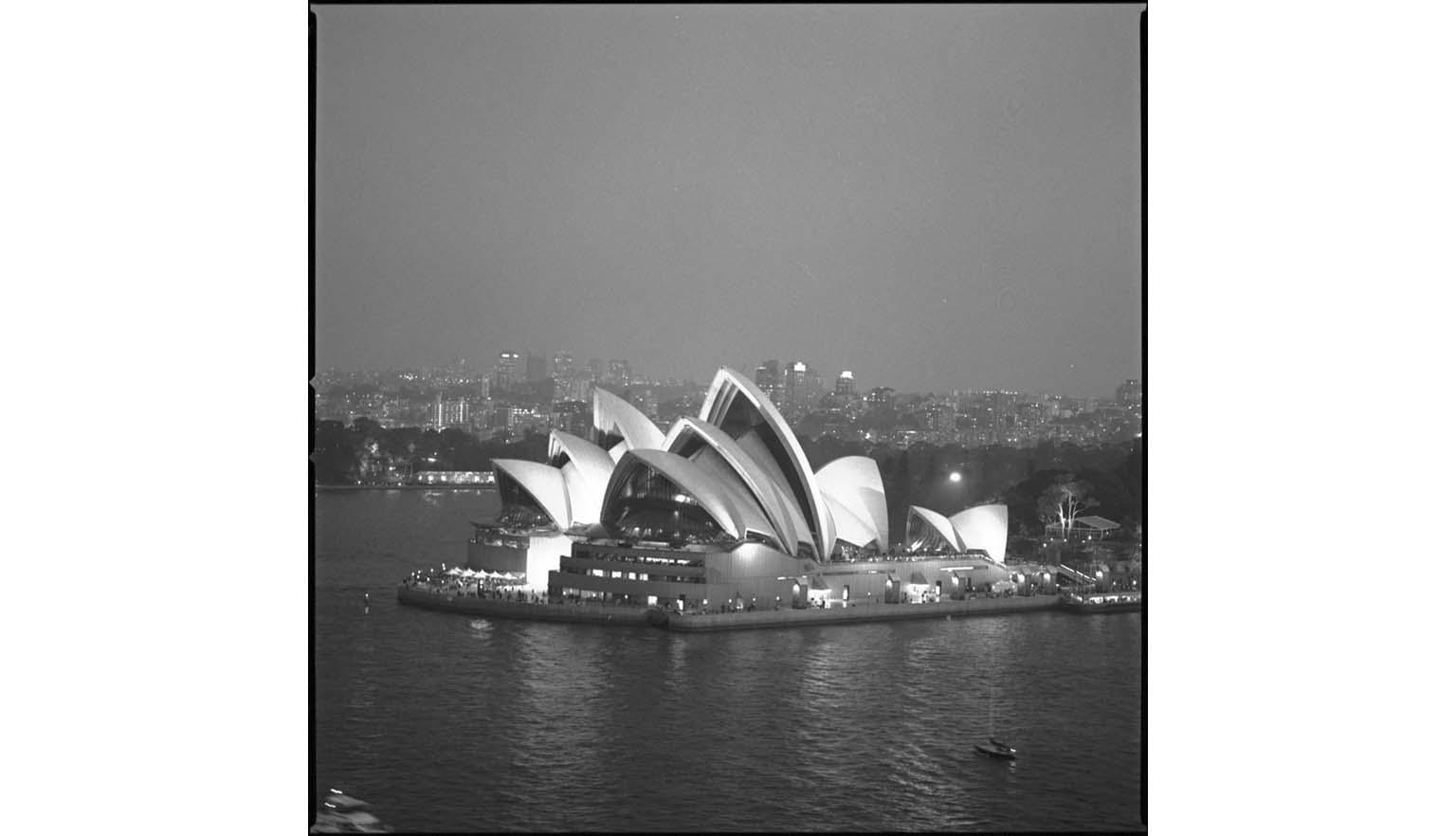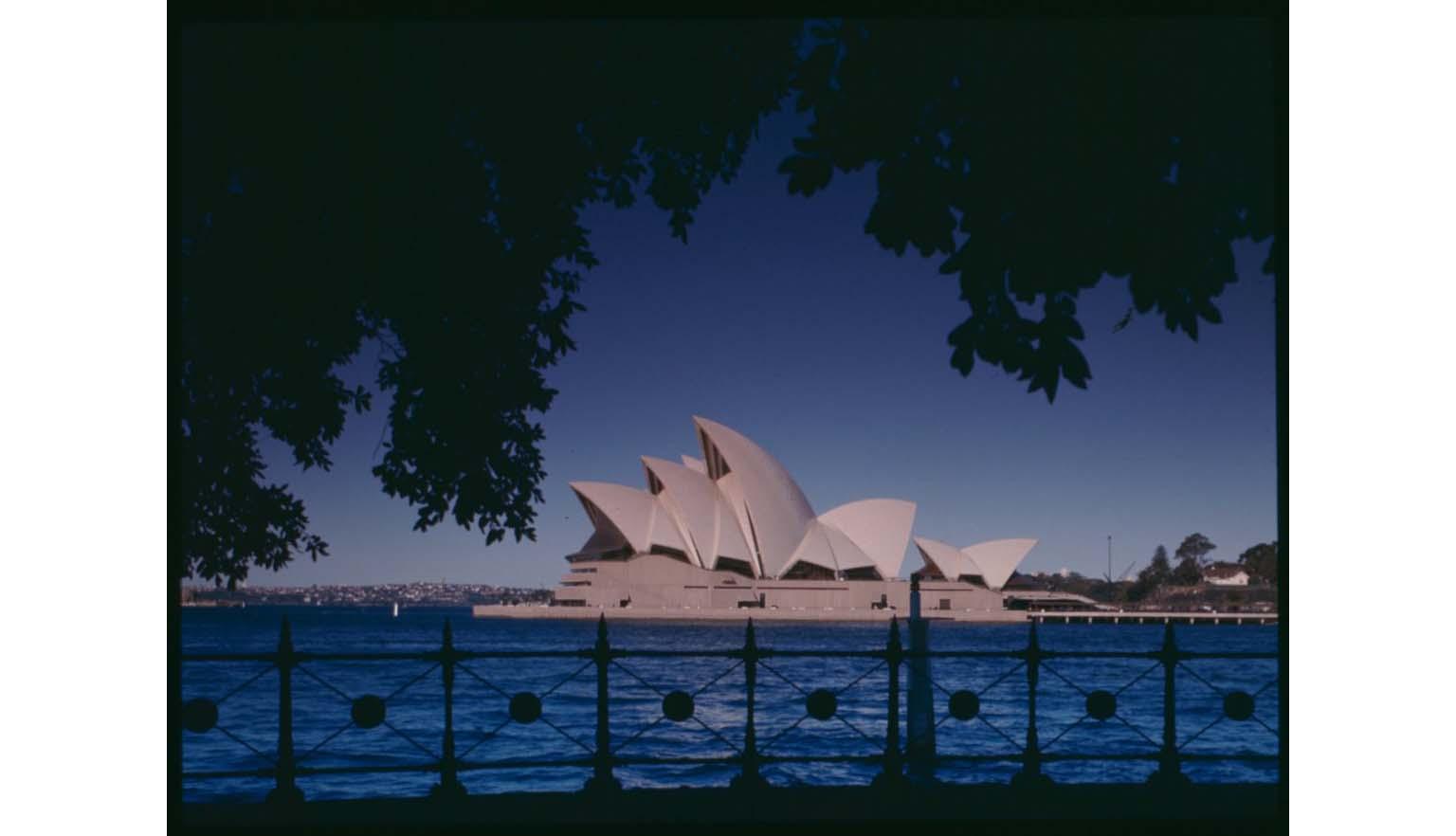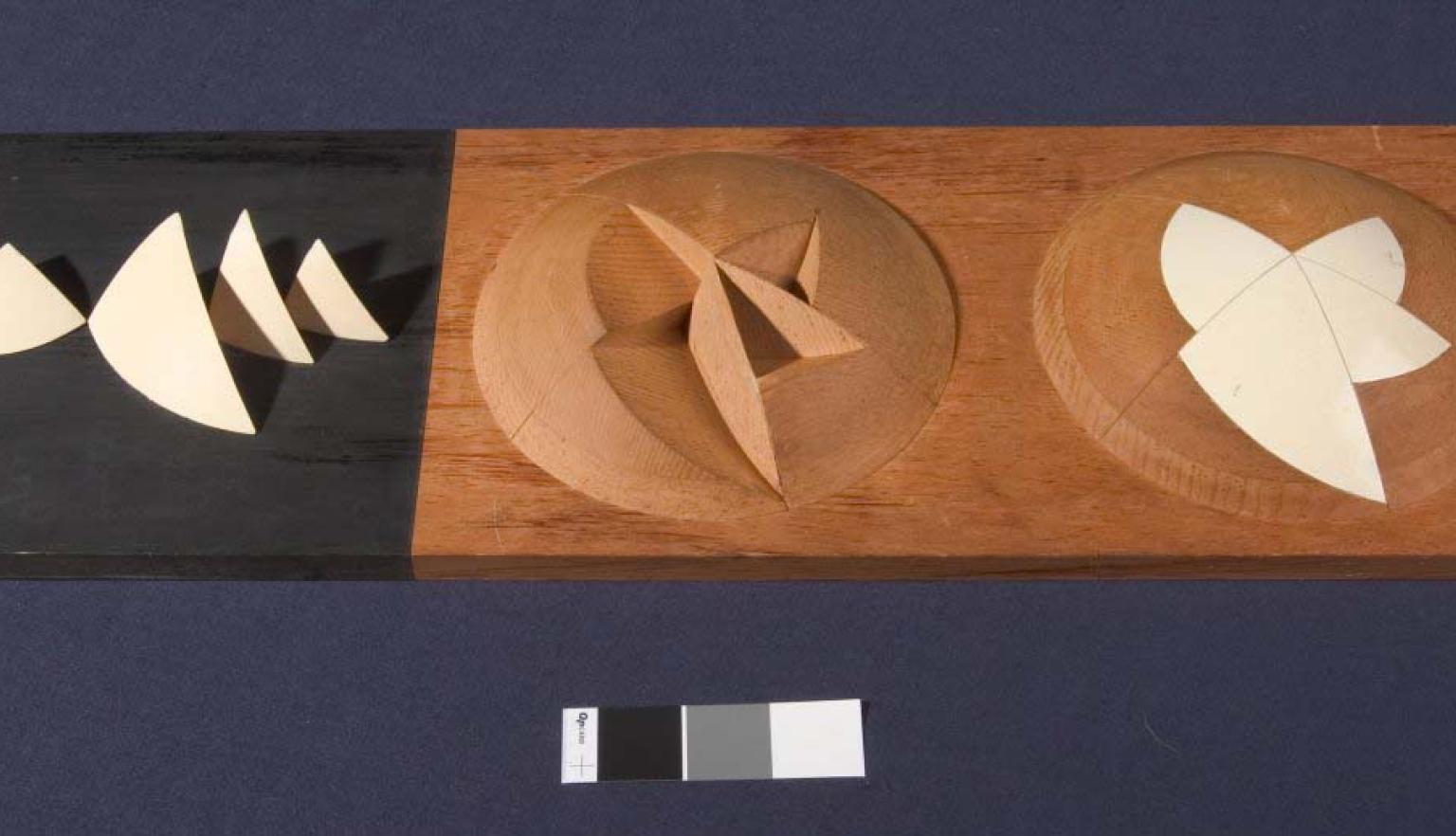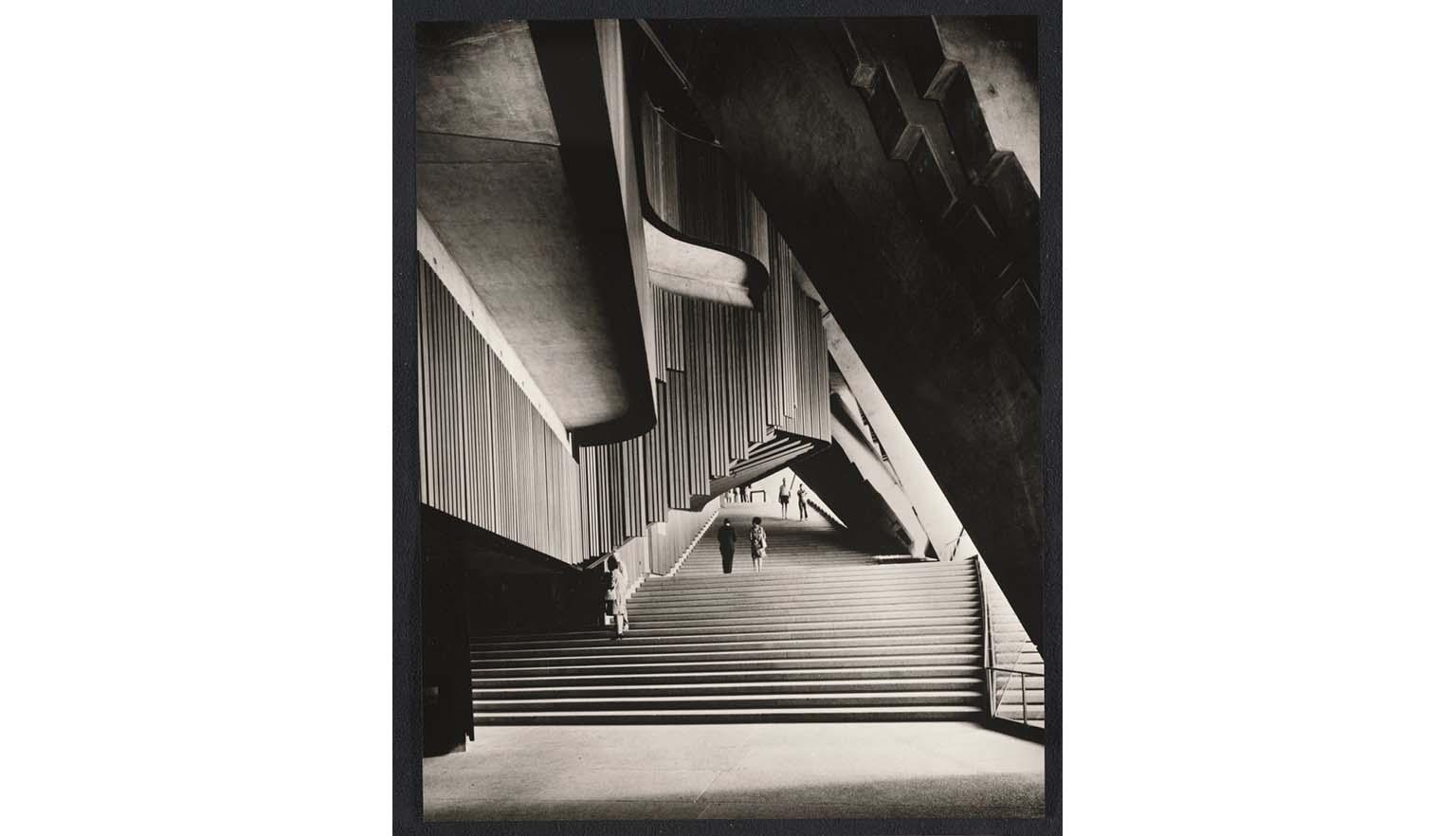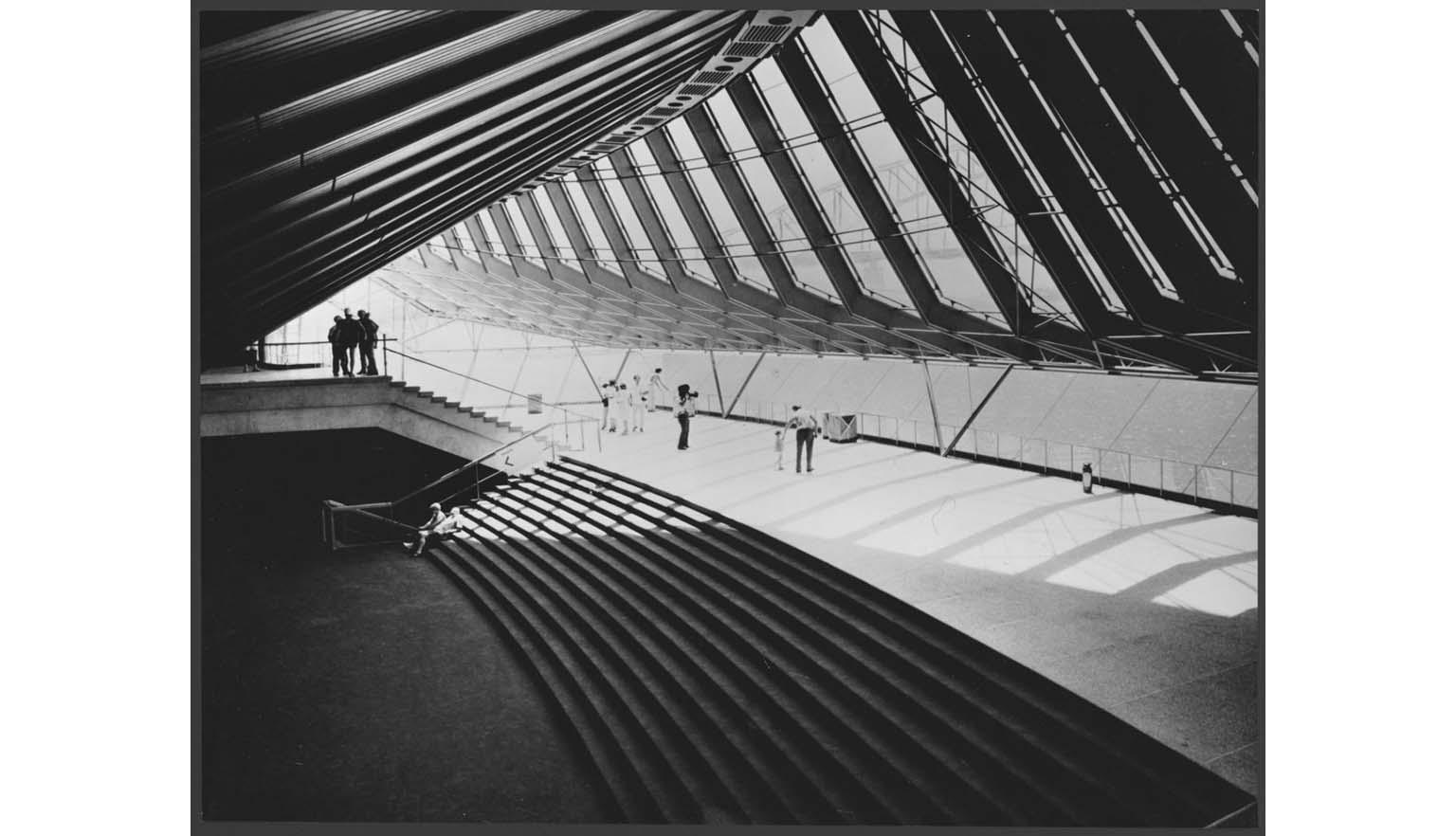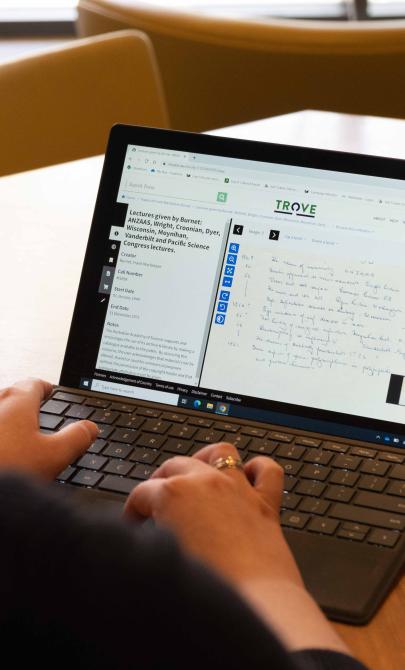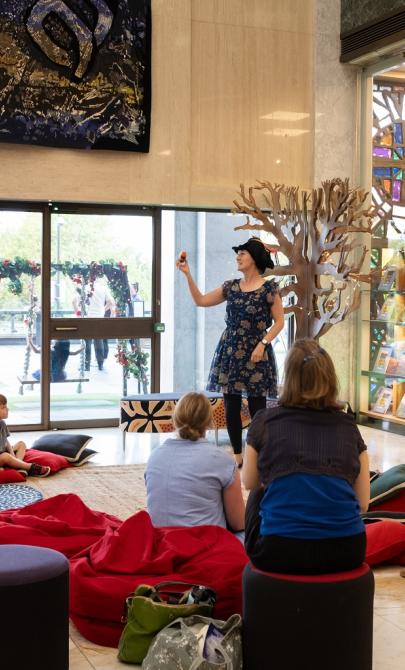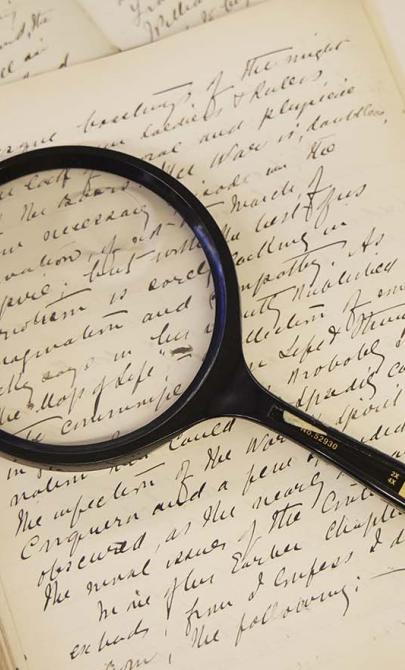Stage performance
Australian First Nations stories
Aboriginal and Torres Strait Islander peoples have always used performance to share stories, culture and knowledge. Today, traditional elements of First Nations storytelling are often combined with international performance styles to create powerful contemporary theatre.
One of the most influential groups in this space was the National Black Theatre, formed in Sydney by Paul Coe, Lester Bostock, Gary Foley and Jenny Sheehan. They invited actor and playwright Bob Maza to join them, and began developing plays from an Indigenous perspective.
In 1974, the group received government funding and opened an Art and Cultural Centre in Redfern. Although the centre closed in 1977, the National Black Theatre continued to inspire future Indigenous productions and initiatives.
In 1987, the First National Black Playwrights’ Conference was held, led by Brian Syron, with support from leaders including Chicka Dixon, Gary Foley and Rhoda Roberts. This led to the founding of the Aboriginal National Theatre Trust (ANTT) in 1988.
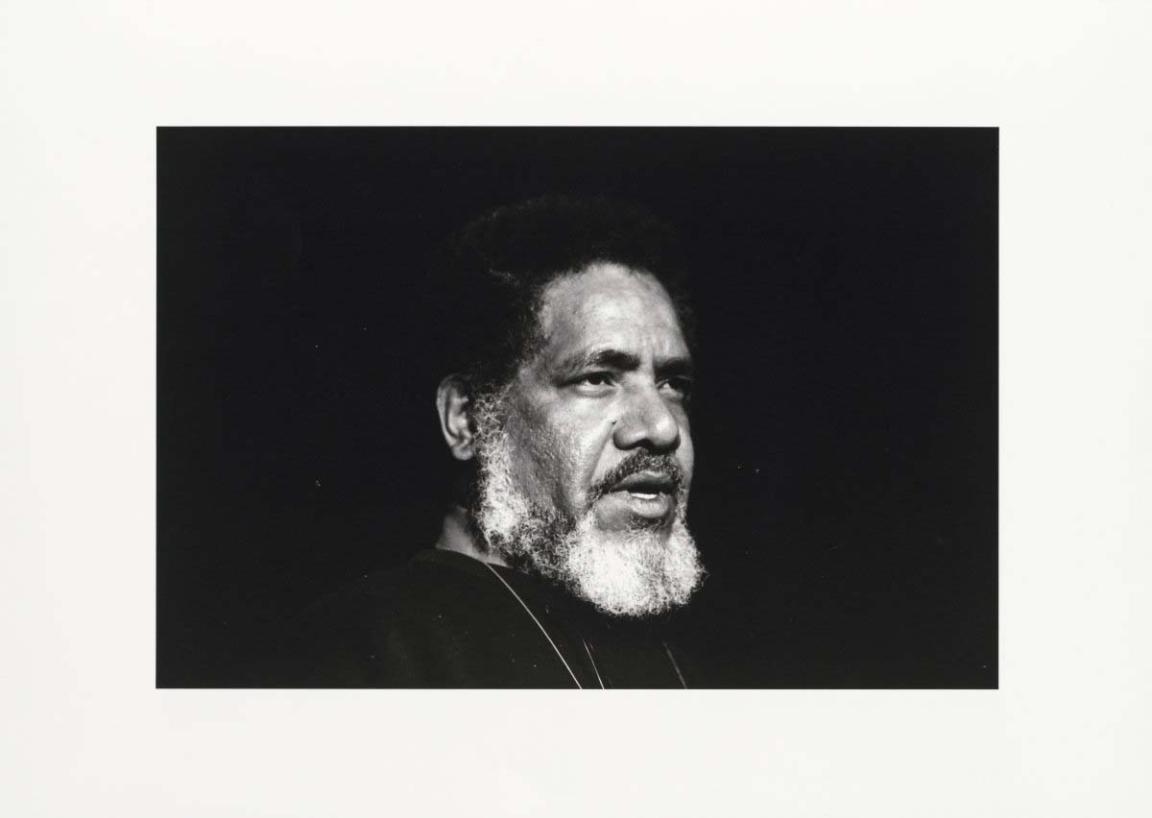
Robert McFarlane, Playwright Bob Maza, Belvoir Street Theatre, Sydney, New South Wales, 1988 / photograph by Robert McFarlane, nla.gov.au/nla.obj-277046507
Robert McFarlane, Playwright Bob Maza, Belvoir Street Theatre, Sydney, New South Wales, 1988 / photograph by Robert McFarlane, nla.gov.au/nla.obj-277046507
Australian actors
Australian performers have played a key role in shaping theatre both locally and internationally.
Oscar Asche (1871–1936) was a celebrated Shakespearean actor in London. Alongside his wife Lily Brayton, he produced popular plays such as Kismet (1911) and Chu Chin Chow (1916), based on the Ali Baba tale. The show ran for 2,238 performances in London and was a hit in Australia when it toured in 1920.
Comedian Roy Rene became a household name in Australian vaudeville. Known for his stage presence and comic timing, his most famous character was Mo McCackie. Alongside Nat Phillips, he performed in the popular pantomime The Bunyip as part of the duo ‘Stiffy and Mo’.
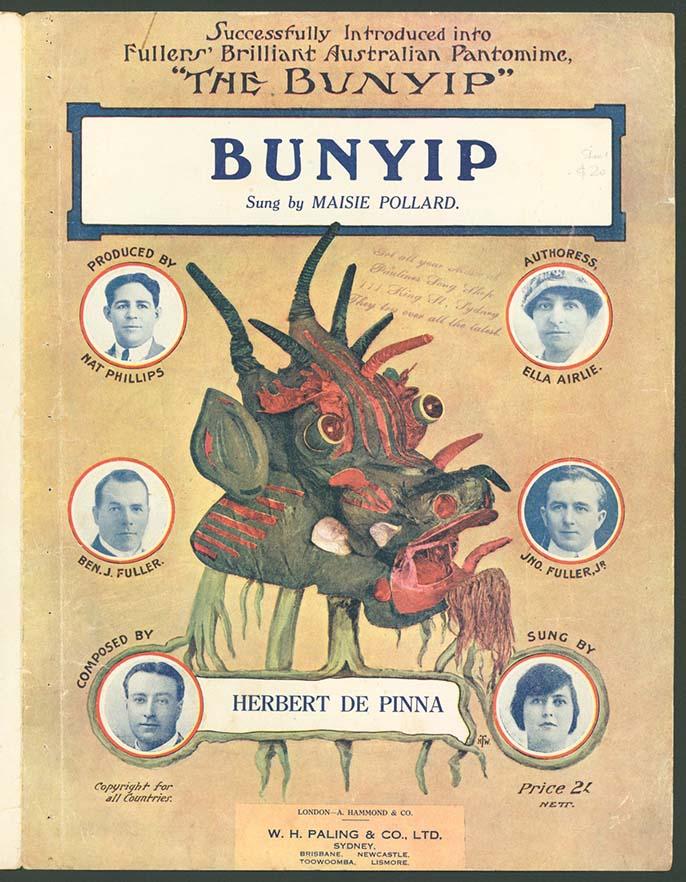
Herbert De Pinna & Benjamin J. Fuller (Firm). (1914). Bunyip. nla.gov.au/nla.obj-166857021
Herbert De Pinna & Benjamin J. Fuller (Firm). (1914). Bunyip. nla.gov.au/nla.obj-166857021
Errol Flynn (1909–1959), born in Hobart, gained worldwide fame during the golden age of Hollywood. He starred in many iconic films, including The Adventures of Robin Hood (1938). His charm and swashbuckling roles made him a major star of the classical Hollywood cinema era.
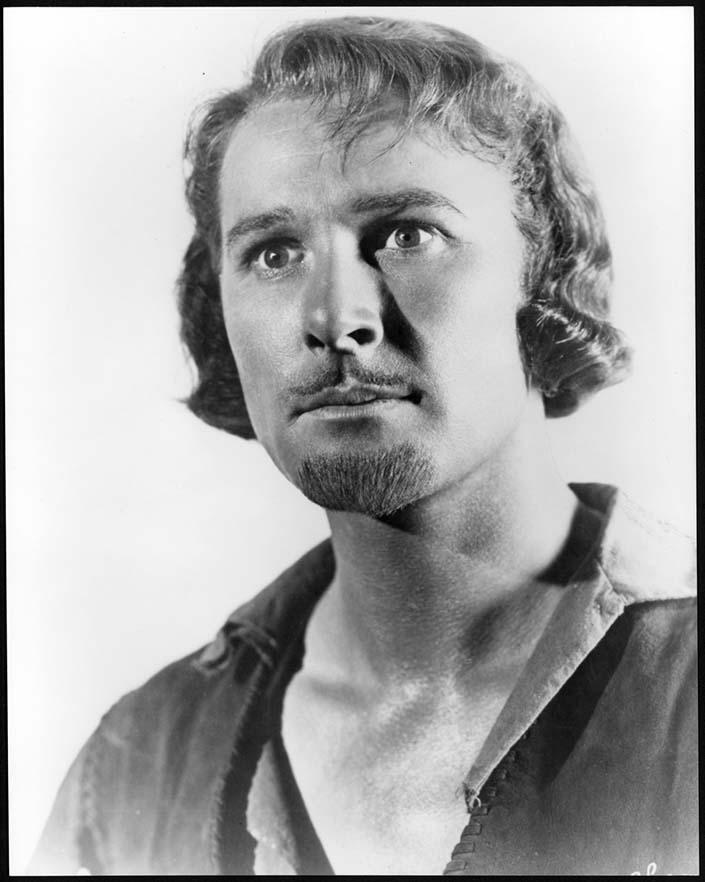
(1937). [Errol Flynn, publicity photograph from one of Flynn's greatest roles, "Robin Hood", 1937] [picture]. nla.gov.au/nla.obj-136642513
(1937). [Errol Flynn, publicity photograph from one of Flynn's greatest roles, "Robin Hood", 1937] [picture]. nla.gov.au/nla.obj-136642513
Costume
Costumes help bring a story to life on stage. They support the style of a production, help establish character, and set the time or place in which the story unfolds.
Kristian Fredrikson was a renowned Australian costume designer. He worked with Opera Australia, the Australian Ballet and the Royal New Zealand Ballet. He also designed for large-scale productions such as the opening ceremony of the 2000 Sydney Olympics. His costume designs are known for their detail, elegance and dramatic flair.
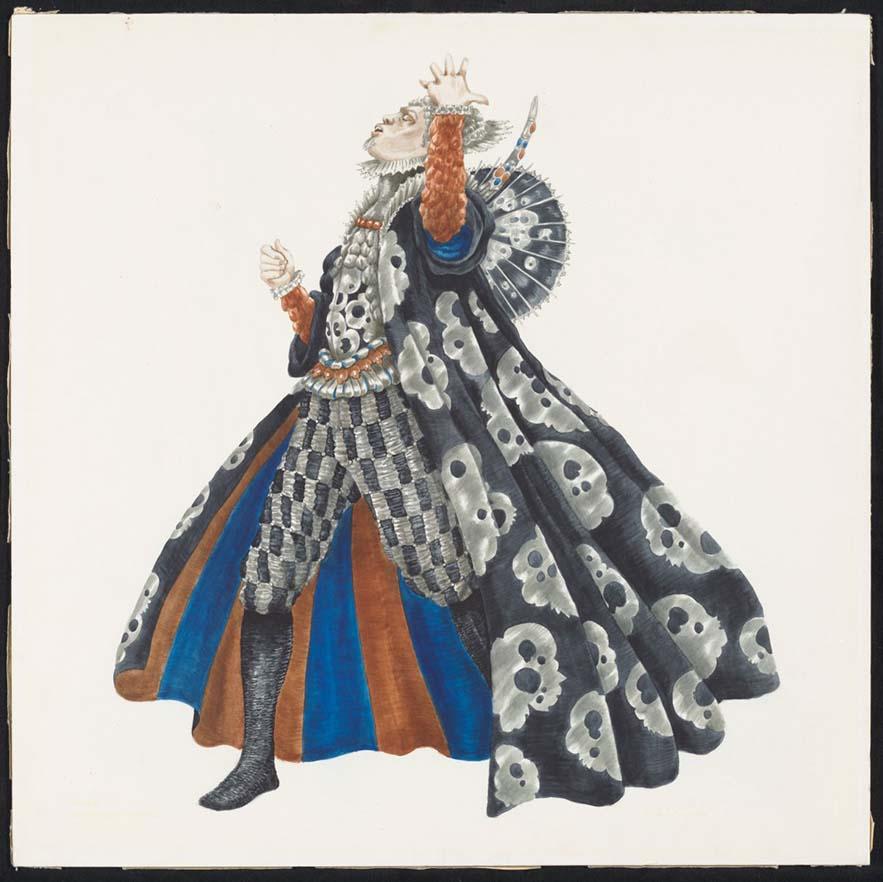
Kristian Fredrikson, Costume design for the character of the Duke for Melbourne Theatre Company's production of The revenger's tragedy, 1975, nla.gov.au/nla.obj-509653896
Kristian Fredrikson, Costume design for the character of the Duke for Melbourne Theatre Company's production of The revenger's tragedy, 1975, nla.gov.au/nla.obj-509653896
Performance spaces
Sidney Myer Music Bowl, Melbourne
The Sidney Myer Music Bowl is an iconic outdoor venue in Melbourne, located in the Kings Domain near the city’s Arts Precinct. Known for hosting concerts and cultural events, it’s also famous as the home of the televised Carols by Candlelight, held each Christmas.
Sydney Opera House, Sydney
One of the most recognisable buildings in the world, the Sydney Opera House sits on the edge of Sydney Harbour. It was designed by Danish architect Jørn Utzon, who won an international competition in 1957. Inspired by the shape of orange segments, Utzon’s vision came to life in the form of the Opera House’s famous white sails.
Although Utzon left the project in 1966 due to disputes, his design has become a symbol of Australia. The Opera House officially opened in 1973 and continues to host performances in music, dance, theatre and opera.
Inside, the concert hall is known for its remarkable acoustics and seats up to 2,700 people. The Sydney Opera House remains a hub for creativity and a major attraction for visitors.
To explore more about the design of the Opera House, see the Digital Classroom module Designing the Sydney Opera House.
Learning activities
Activity 1: Design a performance space
Have the students form a basic model of an imaginary performance space in the same way the geometry model of the shells is shown in this module.
Activity 2: Start with a spark
Task the students to write a small dramatic script starting with choices of opening lines. Example could include ‘It was a dark and stormy night’, ‘Who knew where the mystery had begun?’, ‘Are you looking for me?’. Themes relating to the day’s work could be included and connected to the curriculum elaborations.
Activity 3: From page to stage
Ask students to choose one of their favourite pieces of literature and create a play that captures the meaning of the text and their emotional response to it.
